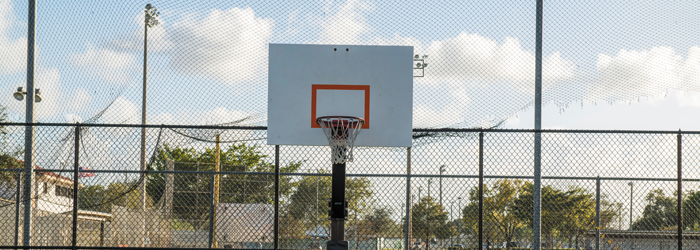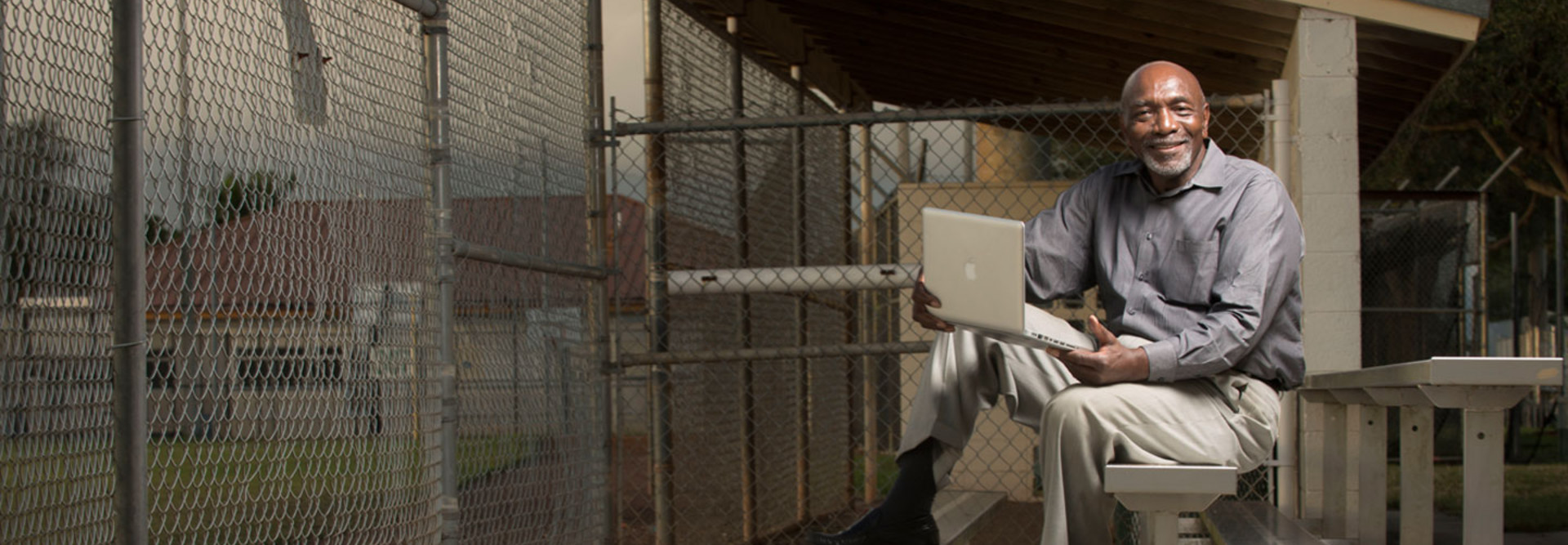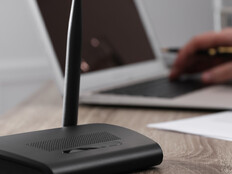Cities Improving Outdoor Attractions with Wi-Fi
With a slogan that promises “Everything Under the Sun,” the city of Coral Springs, Fla., boasts a spate of vibrant parks, including a skate park, a tennis center and a world-class aquatic complex.
In order to make those outdoor recreational facilities even more useful, city officials asked residents if they’d be interested in taking advantage of city-sponsored wireless services.
“They overwhelmingly said it would be great if the city offered wireless at parks,” says Coral Springs CIO Curlie Matthews. Not only could people surf the web, but they could also sign up their kids for upcoming sports leagues or city-offered classes as they watched their soccer, baseball or lacrosse games. Matthews and his team likewise had strong buy-in from city departments, particularly parks and recreation and public safety.
In 2013, the Coral Springs IT staff deployed free Wi-Fi at six major parks. The rollout was part of a larger initiative to upgrade the city’s wired and wireless network infrastructure.
All told, the group implemented 107 Cisco Systems AIR-CAP2602i access points inside buildings and 20 outdoor AIR-CAP1552e APs.
“Depending on how it’s configured, each wireless AP can handle up to 250 users, but we currently limit the total clients accessing all APs to 4,000,” says Stephen Dyer, a senior network engineer for Coral Springs. “If 4,000 people show up to a sports event and are all using the same 100-megabit-per-second pipe, that pipe gets full pretty quick, even if you throttle everyone way down.”
To meet the needs of various user groups (citizens, parks and recreation workers and police), the Coral Springs wireless team had to determine how and from where each group would use wireless, says Matthews. That information determined placement of APs to ensure sufficient power and bandwidth.
Working with a CDW engineer, Coral Springs mapped the network topology and mounted temporary APs to test signals before building the final infrastructure. The IT department wanted to take advantage of light poles for power whenever possible, but discovered during the design phase that some poles didn’t have continuous power and connected to power sources only at night. To address this, the city deployed overlapping APs.
Powering wireless networks can be challenging, notes Mike Fratto, a research analyst for Current Analysis. “With single-radio APs, you can get away with 15.4-watt Power over Ethernet, but when you go to multiradio APs, you’re probably going to a higher wattage and PoE Plus. That means you have to make sure there’s adequate power somewhere that can drive all those APs,” he says.
Estimated percentage of Wi-Fi access points that organizations will deploy for outdoor purposes by 2016
SOURCE: MarketsandMarkets, “Outdoor Wi-Fi Market,” June 2013
Internet-Enabled Life on the Street
“The things we’ve traditionally done at home or at work using technology are moving into ‘third places,’ which are increasingly outdoor public places,” says Robin-Eve Jasper, president of the NoMa Business Improvement District (BID), named for the neighborhood north of Massachusetts Avenue in Washington, D.C. In response to this shift, the BID runs an outdoor wireless network to offer residents and visitors free Wi-Fi.
The NoMa BID chose Cisco’s cloud-managed Meraki platform because of the vendor’s proven track record and product versatility, says Otavio Thompson, a hospitality program manager who oversaw the wireless deployment. “The Cisco APs can be used interchangeably as repeaters or gateways,” he says. “After a gateway enables connectivity to the Internet, it automatically switches to being a repeater to maintain continuity of the network.”
To date, NoMa BID has implemented 17 APs across 18 city blocks, with most mounted on commercial buildings.
The organization plans to expand the network throughout the neighborhood.
Wireless Takes the Field
As in Coral Springs, sports factor heavily into the nascent wireless initiative in Westfield, Ind. With its new 400-acre Grand Park complex, the city intends to harness the exploding youth sports industry to become “the family sports capital of the nation,” says Derrick Cash, director of informatics. In addition to hosting youth sports tournaments, Grand Park houses the Indiana Bulls collegiate baseball franchise and the Indiana Soccer Association.
As Grand Park takes shape, outdoor wireless plans are proceeding accordingly. Westfield officials would like to have a fiber backbone in place by the end of the year, with wireless serving as a backup. During the interim, the IT team has been able to light up the park as needed. For instance, businesses that partner with the baseball and soccer associations have leased space in two maintenance buildings. The city worked with CDW to use a Ruckus wireless controller in a nearby public-safety building to create a point-to-point network with each park building as well as one between them.
“We bought a couple of exterior access points, hooked them up to some copper in each building, and established a Wi-Fi network in a couple of weeks,” says Cash.
“Ruckus is essentially plug and play: You mount an AP, give it an IP address, plug it in, and it finds the Ruckus wireless controller.” As a backup, Cash and his team also deployed some APs from Ubiquiti Networks.
Like any network, outdoor public Wi-Fi requires strong security, user policies and management. When the network is sponsored by a government entity, some challenges arise that a business might not face.
“There are a lot of security and policy issues to consider. We don’t want people surfing for porn or hacking NASA from our parks,” says Coral Springs’ Matthews. “We evaluate downside risk versus providing citizens a means to stay in contact with the world while at city-sponsored events, and there are a lot of gray areas that have to fit into those policies.”
The project team worked with CDW and Cisco to determine the types of filtering they should put in place to maximize security and enforce policies, and deployed Cisco’s IronPort web filtering appliance to handle the job. They use the Cisco Prime network management platform to get a single view into all their wireless traffic. Any publicly funded entity offering free wireless and using a content filter should consult their legal counsel and keep them in the loop, advises Current Analysis’ Fratto.
“If you get into the content-blocking game, users may consider that an iron-clad commitment to block certain traffic,” Fratto says. “If someone’s able to serve up the content anyway, it could expose you to legal problems.” Best-effort language in policies may suffice, but nonetheless, everything should be reviewed by the organization’s lawyers.
In spite of the challenges, free outdoor Wi-Fi is becoming something that people expect to receive in cities, says NoMa BID’s Jasper. “You want people outside enjoying your neighborhoods, and I don’t see how you do it without providing this service,” she says.










